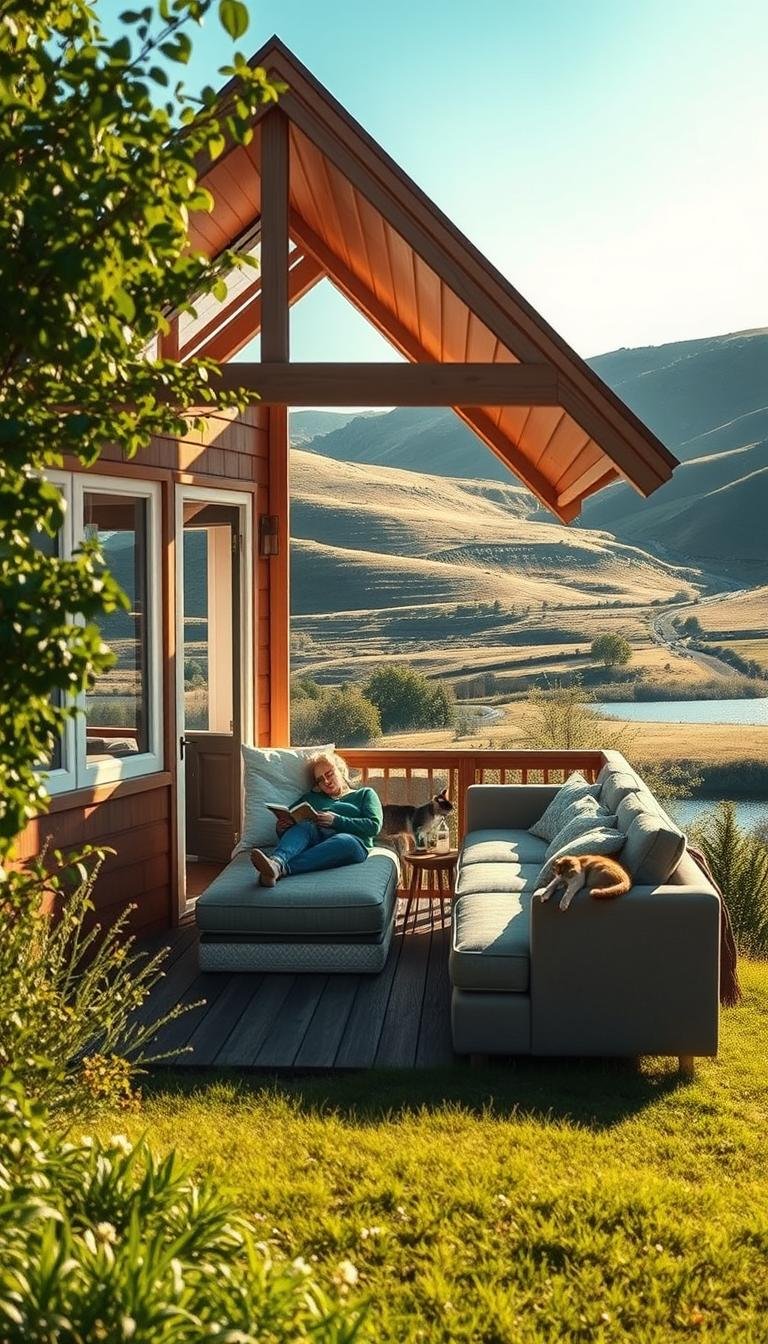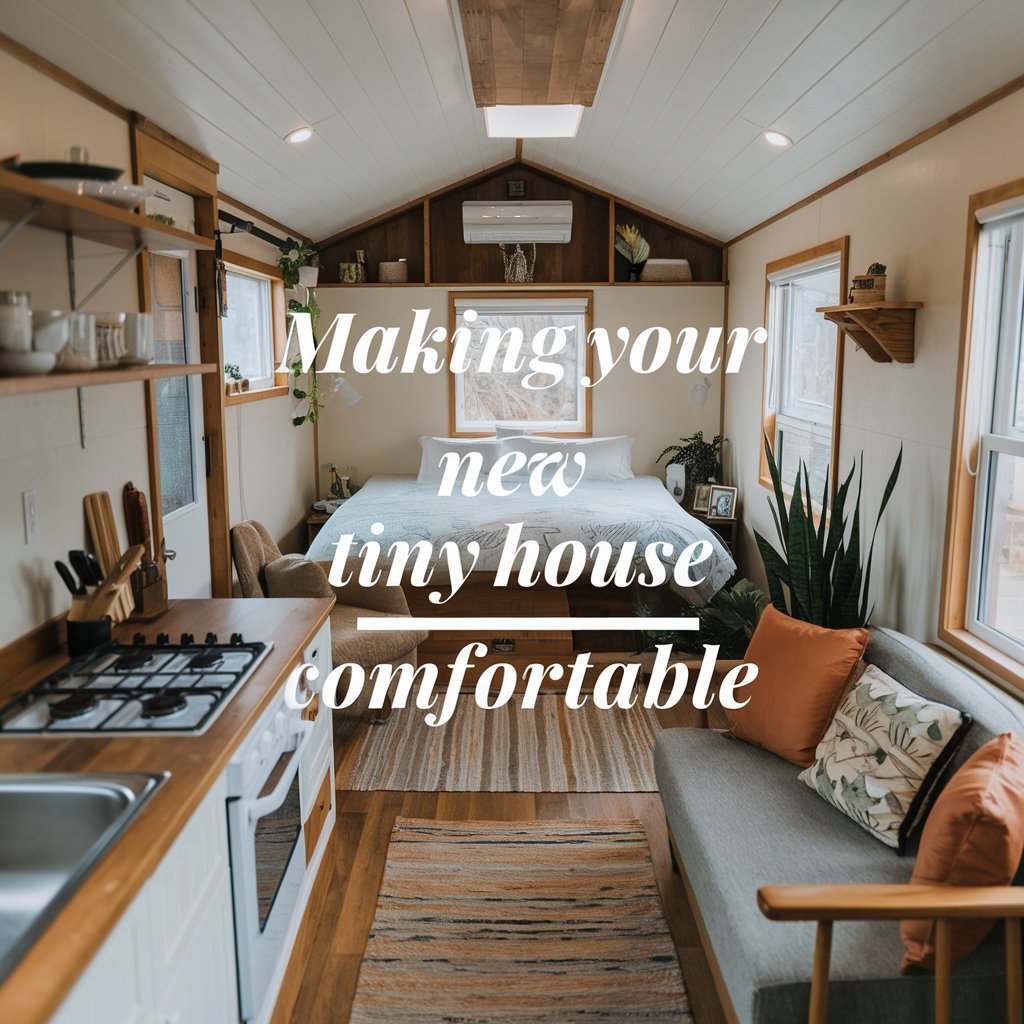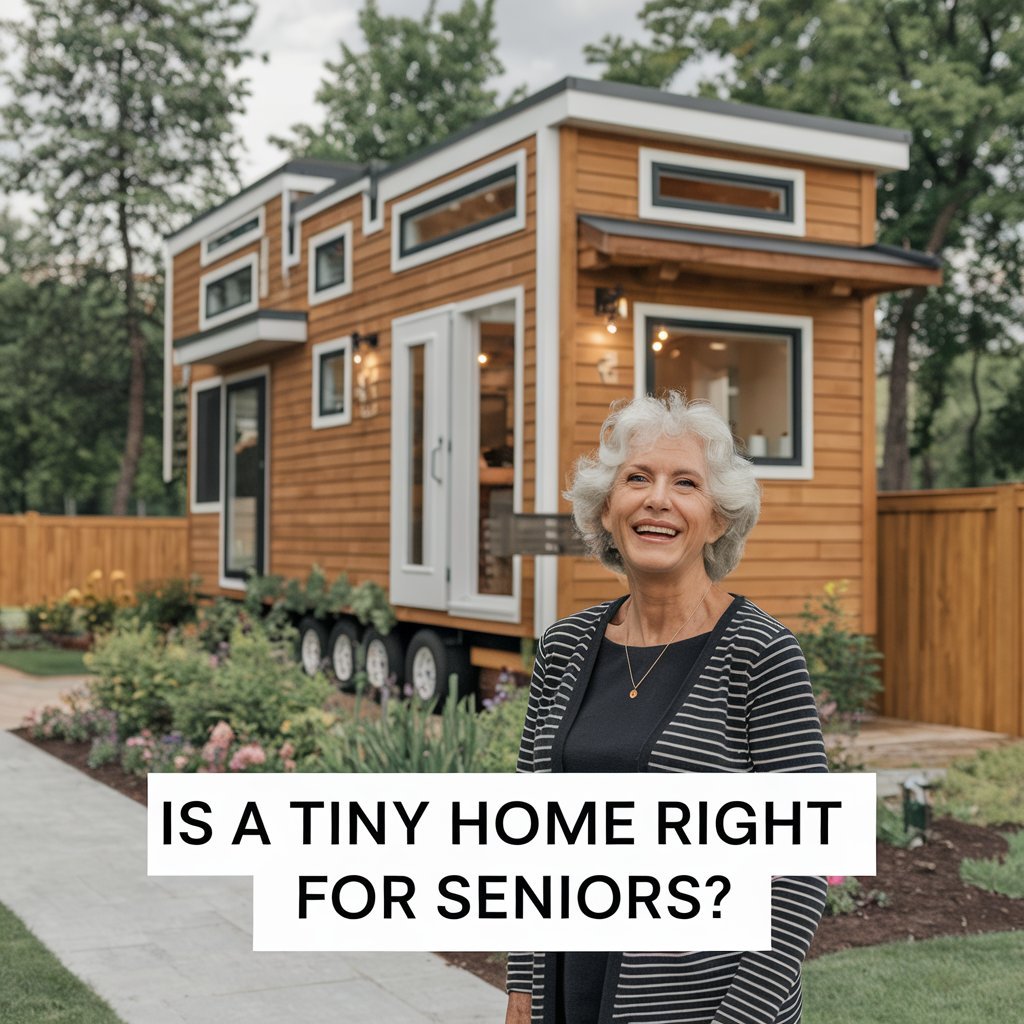The idea of living in a compact, debt-free home has captured imaginations nationwide. For three years, Taylor Martin and partner Alex navigated zoning hurdles, loan rejections, and code restrictions while pursuing their dream. Their journey—from prefab shed conversions to renovating a vintage trailer—reveals the gap between romanticized visions and practical realities.
Proponents praise the tiny house movement for reducing clutter and mortgage stress. Online galleries showcase lofted beds and clever storage, creating an appealing image of simplicity. Yet daily life demands radical downsizing: every item must earn its keep, and routines adapt to spaces smaller than many walk-in closets.
Financial and legal barriers often surprise newcomers. Banks hesitate to finance non-traditional dwellings, while local regulations may prohibit permanent residency. These challenges force many aspirants into creative workarounds, like Martin’s trailer renovation compromise.
Before embracing this lifestyle, evaluate your tolerance for minimalism. Can you thrive without excess storage? Are zoning battles worth the payoff? Answering these questions requires honest reflection—and perhaps test-driving a compact space firsthand.
Key Takeaways
- Compact living offers financial freedom but demands extreme downsizing of possessions
- Legal and financing obstacles frequently disrupt tiny house projects
- Online inspiration often overlooks practical space limitations
- Successful adaptation requires meticulous organization habits
- Local building codes significantly impact project feasibility
- Test stays in small spaces help assess personal compatibility
Exploring the Tiny House Movement Today
With traditional homeownership becoming increasingly unattainable, compact dwellings now represent 1% of U.S. housing starts. These innovative spaces—typically spanning 300-500 square feet—address both financial constraints and shifting cultural priorities.

Current Trends and Market Insights
Construction costs for tiny homes vary dramatically, from $10,000 DIY projects to $180,000 luxury models. Most owners spend $30,000-$75,000—substantially less than conventional homes. Major retailers now offer prefabricated shells, with Amazon’s 192-square-foot model selling for $18,000 and Costco’s expandable units under $50,000.
Market analysis reveals 63% of tiny house residents have no mortgage compared to 29% of traditional homeowners. This financial freedom attracts diverse groups: 40% are families with children, while 28% are retirees seeking cost-effective living solutions.
Cultural Shifts and Economic Influences
Millennials comprise 68% of new tiny home buyers, driven by student debt and housing costs 400% higher than 1980s prices. The movement intersects with environmental concerns—82% of compact dwellings use eco-friendly materials versus 34% of standard homes.
Economic pressures accelerate adoption. Median U.S. home prices now require 41% of average income for mortgage payments, compared to 21% in 2000. Tiny living reduces housing expenses by 55-75%, enabling financial flexibility that reshapes American housing expectations.
Is going tiny right for you?

Deciding to embrace compact living demands rigorous self-assessment beyond social media fantasies. Taylor Martin’s three-year journey exposed critical gaps between curated online images and functional reality. His advice? Test-drive the tiny house experience through short-term rentals before making commitments.
Weighing the Dream vs. Reality
Pinterest-perfect interiors rarely show daily navigation of 30-inch walkways or shared sleeping lofts. A 200-square-foot home requires constant reorganization—every coffee mug needs designated space. Platforms like Airbnb reveal practical truths: where to store winter coats, how showering in trailer bathrooms feels, and whether foldable furniture suits your routines.
Personal Readiness for Minimalist Living
Successful adaptation hinges on ruthless prioritization. Can you eliminate 80% of your wardrobe? Will relationships thrive without private areas? Martin notes financial savings mean little if claustrophobia surfaces during rainy weekends. Evaluate work-from-home feasibility and entertainment needs—hosting dinner parties becomes logistically complex.
Prospective residents should create mock layouts using painter’s tape in current living space. This exercise exposes spatial realities no virtual tour can convey. Remember: loving the idea of simplicity differs from thriving in it daily.
Exploring the Pros of Tiny House Living
Compact living solutions deliver measurable advantages that extend beyond square footage reductions. Financial freedom and environmental consciousness drive growing interest in tiny homes, with practical benefits reshaping housing expectations.
Cost Efficiency and a Simplified Lifestyle
Building a tiny home typically costs 70-85% less than traditional housing, with construction budgets averaging $30,000-$75,000. Owners enjoy a significantly lower cost of living, reporting monthly utility bills under $100 and minimal maintenance expenses. The absence of mortgage payments—a reality for 63% of residents—frees up money for travel or investments.

Eco-Friendly Benefits and Modern Appliances
Tiny homes use 54% fewer resources than standard homes, directly addressing 40% of U.S. carbon emissions from residential buildings. Space-saving appliances like combination washer-dryers and induction stovetops maintain full functionality while slashing energy use by up to 60%.
Luxury appliances become surprisingly affordable in compact layouts. Heated floors and tankless water heaters demonstrate how reduced square footage allows premium upgrades. These features, paired with drastically lower utility consumption, create sustainable living models that benefit both wallets and ecosystems.
Addressing the Cons and Challenges of Tiny Homes
While compact living offers appealing benefits, practical hurdles often catch enthusiasts off guard. Legal complexities and spatial limitations demand careful consideration before committing to this lifestyle.

Zoning, Permitting, and Safety Concerns
Navigating building codes becomes a full-time job for many tiny house owners. Over 78% of U.S. counties prohibit permanent residency in structures under 400 square feet. This forces owners into costly workarounds—like obtaining permits for “accessory dwelling units” or registering homes as RVs.
Safety standards add another layer of complexity. Mobile units require reinforced frames to withstand highway speeds, while stationary models must meet residential electrical codes. Many DIY builders discover too late that local inspectors won’t approve permits for unconventional designs.
Limited Space, Storage Challenges, and Compromises
Daily life in 200 square feet requires military-grade organization. Bulk purchases from warehouse stores become impossible—most tiny houses lack pantries for extra paper towels or canned goods. Refrigerators average 4.5 cubic feet, forcing weekly grocery runs.
Essential activities demand creative solutions:
- Cooking on 24-inch stovetops
- Storing seasonal clothing under staircases
- Showering in 30″x30″ bathrooms
Weight distribution proves critical for mobile units. Every new book or kitchen gadget requires removing something else to stay under 10,000-pound tow limits. These constant trade-offs test even the most dedicated minimalists.
Real-Life Experiences and Lessons Learned
Real-world tiny house experiments expose critical design lessons that YouTube tutorials often miss. Taylor Martin discovered this during his stay at Mount Hood’s compact community, where narrow hallways and cramped bathrooms forced immediate layout revisions.

Insights from Travel Trailer and ADU Conversions
Precious Price’s backyard home conversion demonstrates multi-purpose potential. Her 296-square-foot ADU generated $1,300/month in long-term rentals while serving as family housing during emergencies. Travel trailers demand different strategies—their wheels require lightweight materials, and missing lofts force creative sleeping solutions.
| Factor | Travel Trailers | ADU Conversions |
|---|---|---|
| Foundation Type | Mobile (wheels) | Permanent (lot) |
| Average Build Cost | $25,000 | $35,000 |
| Space Optimization | Weight limits storage | Vertical storage solutions |
| Permitting Challenges | RV registration required | Local ADU regulations |
| Income Potential | $89/night rentals | $1,300/month leases |
Design Optimizations and Practical Adjustments
Successful living tiny requires ruthless editing. Martin eliminated hallway space to expand his kitchen area, while Price installed fold-down desks beneath windows. Both learned that combination appliances save crucial square footage—but require extra maintenance time.
Key modifications emerged through trial and error:
- Replacing standard doors with space-saving sliders
- Using stair treads as storage drawers
- Installing magnetic strips for utensil organization
These real-world adaptations prove that house cost savings mean little without functional layouts. Whether on wheels or foundation, every design choice must serve multiple purposes in constrained spaces.
Design, Space Optimization, and Cost Considerations
Smart design transforms compact dwellings into functional habitats. Specialists like Tumbleweed Tiny Homes engineer spaces where walls become storage systems and staircases conceal kitchenware. Their designs prove square footage matters less than strategic layouts.
Innovative Layout Solutions and Multi-Functional Spaces
Pull-out couches double as guest beds, while fold-down tables create instant offices. Murphy beds vanish into walls by day, freeing floor space for yoga or hobbies. Builders embed drawers in stair risers and install ceiling racks for bicycles—maximizing every cubic inch.
Mobile units demand tougher choices. Wheels add mobility but limit storage capacity. Owners report replacing traditional cabinets with magnetic strips and vacuum-sealed clothing bags. These adaptations enable life on the road without sacrificing essentials.
Budgeting, Building Costs, and Investment Concerns
Constructing a tiny home averages $150-$300 per square foot—often exceeding conventional house rates. While base models start at $30,000, luxury finishes push budgets past $100,000. Financing hurdles compound expenses: most banks reject loans for structures on wheels.
Resale value remains a gamble. Units depreciate like vehicles, with 72% of sellers losing money. Buyers should view projects as lifestyle investments rather than financial gains. Those prioritizing mobility often choose trailer-based designs, despite needing heavy-duty trucks for transport.



